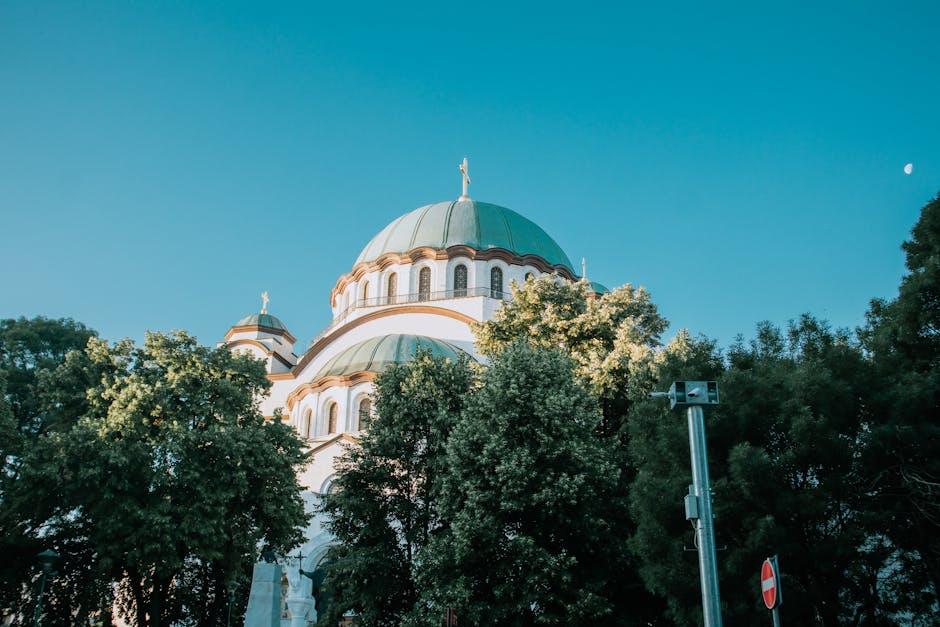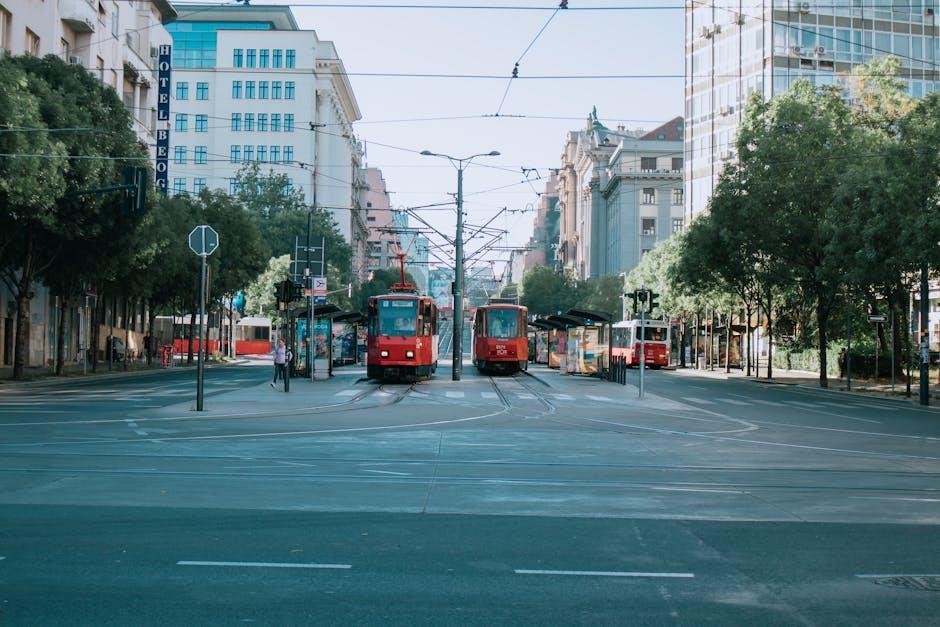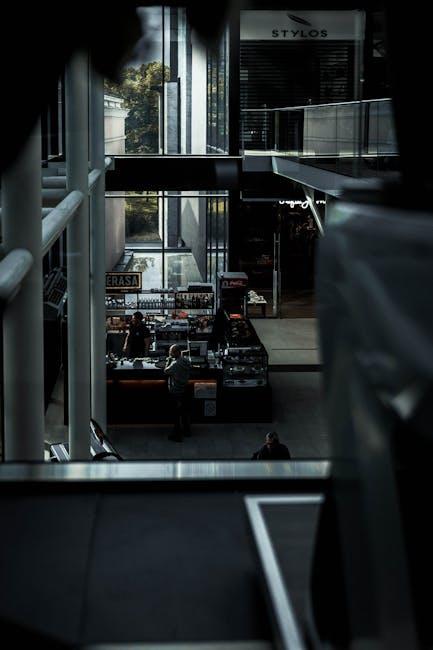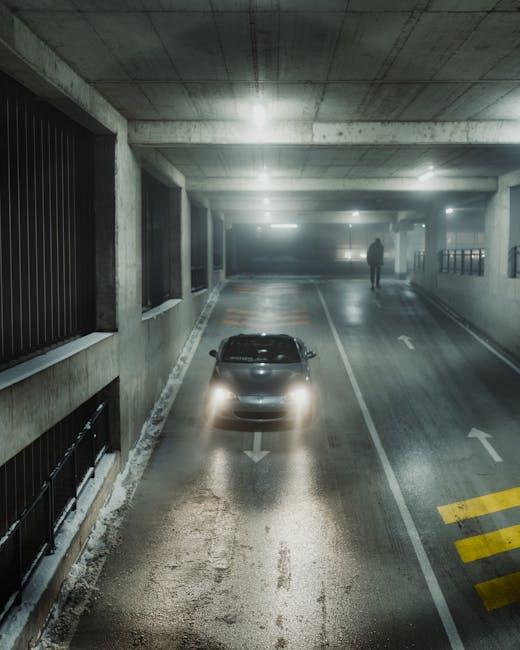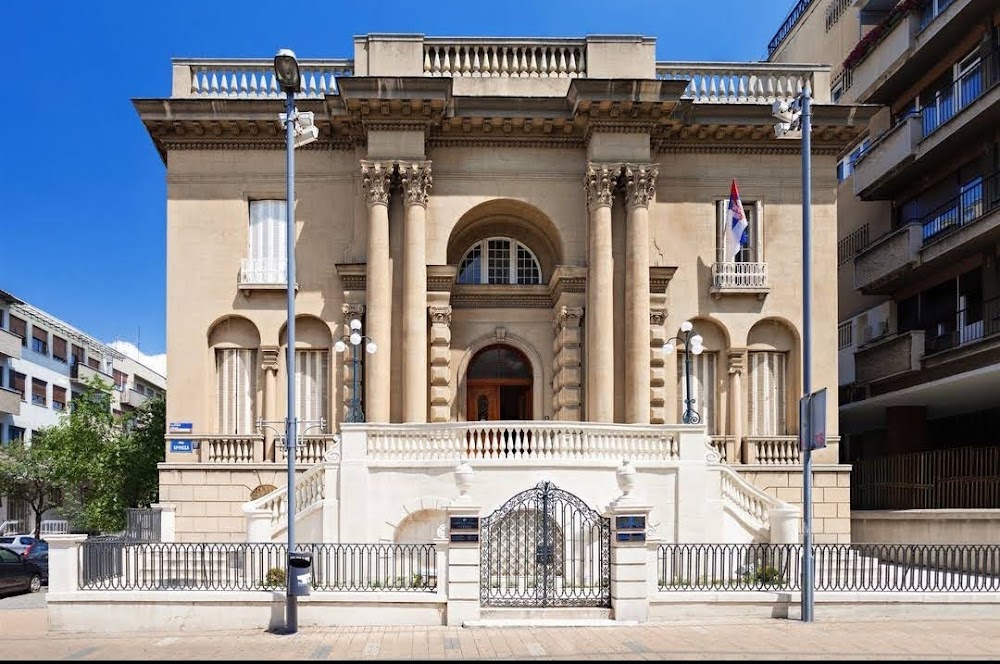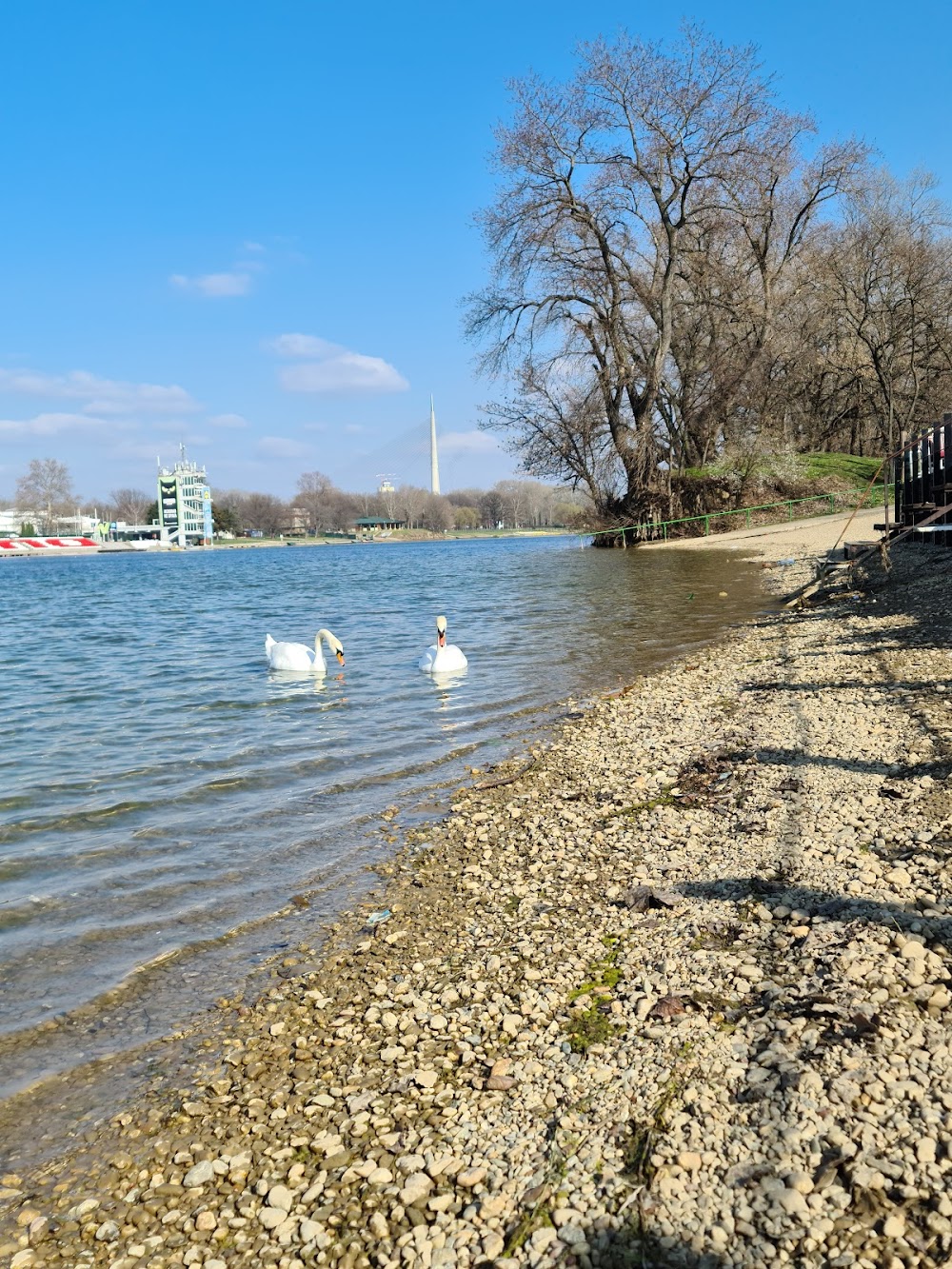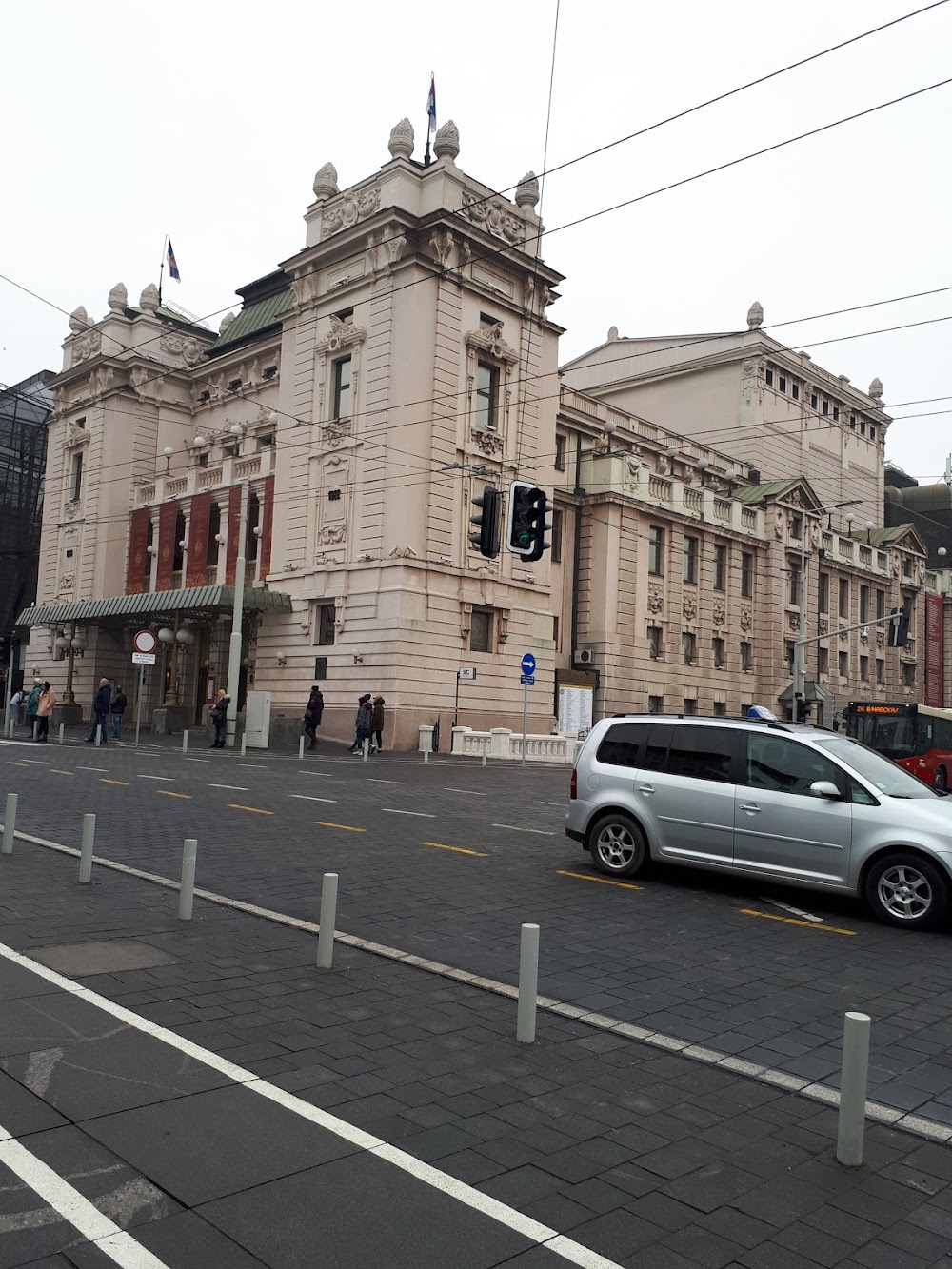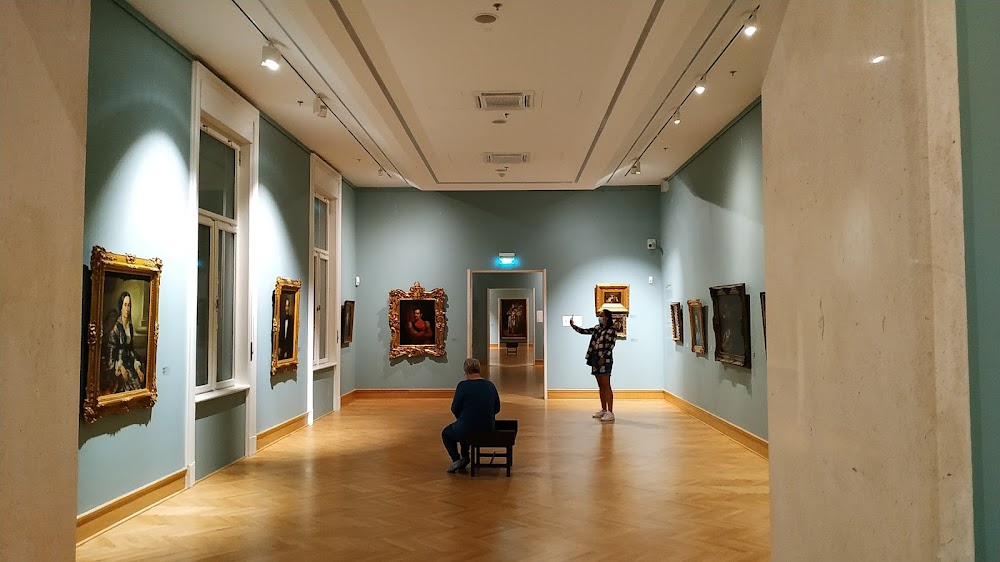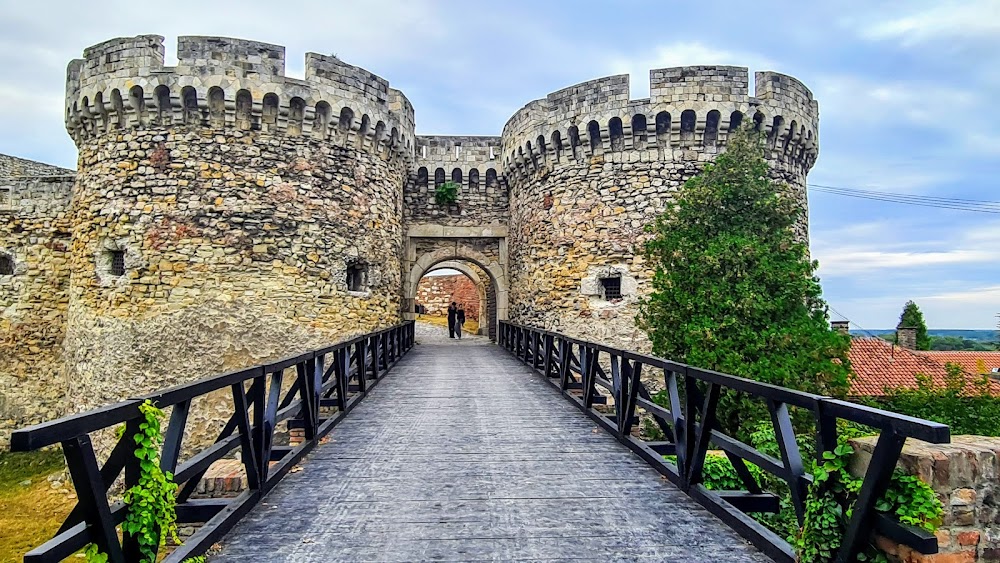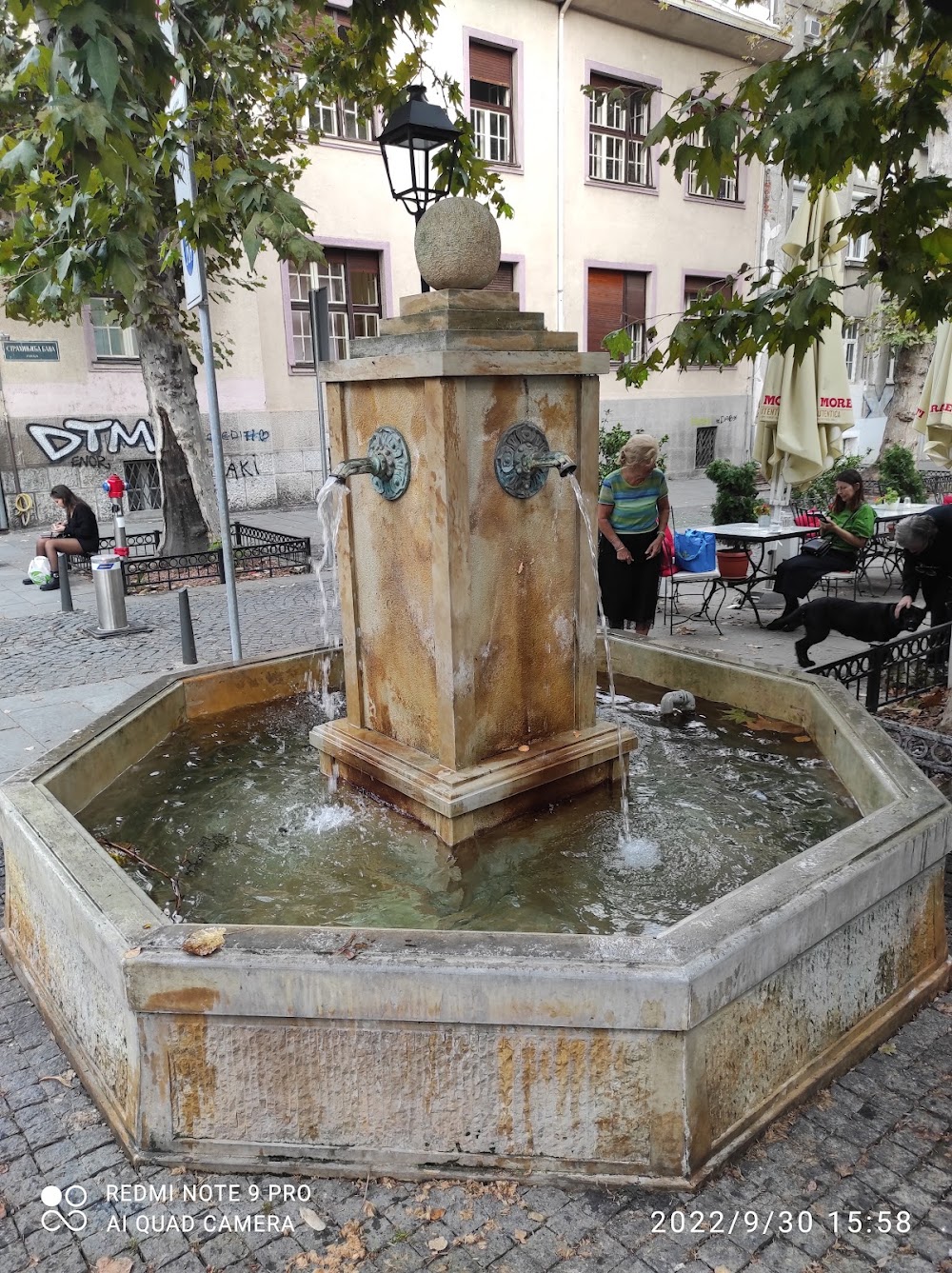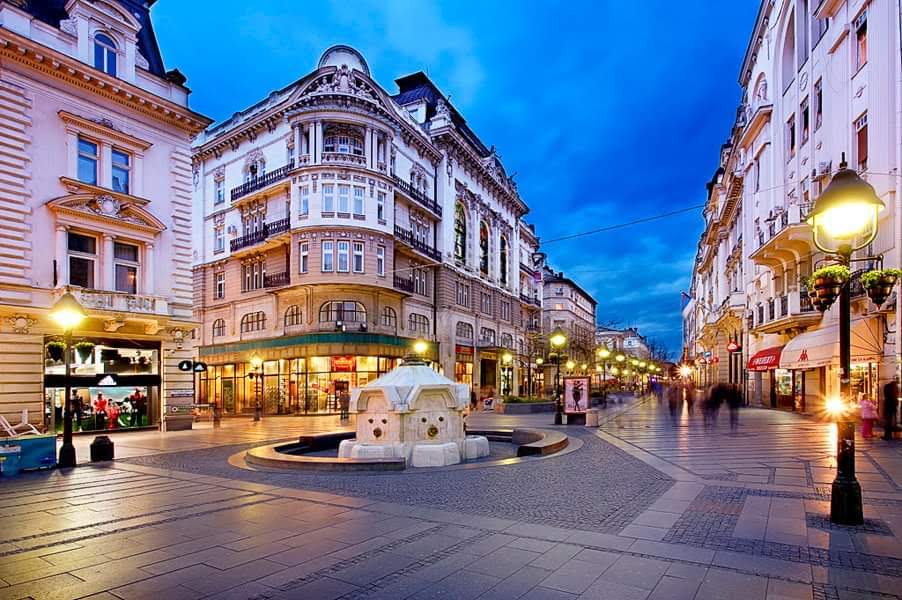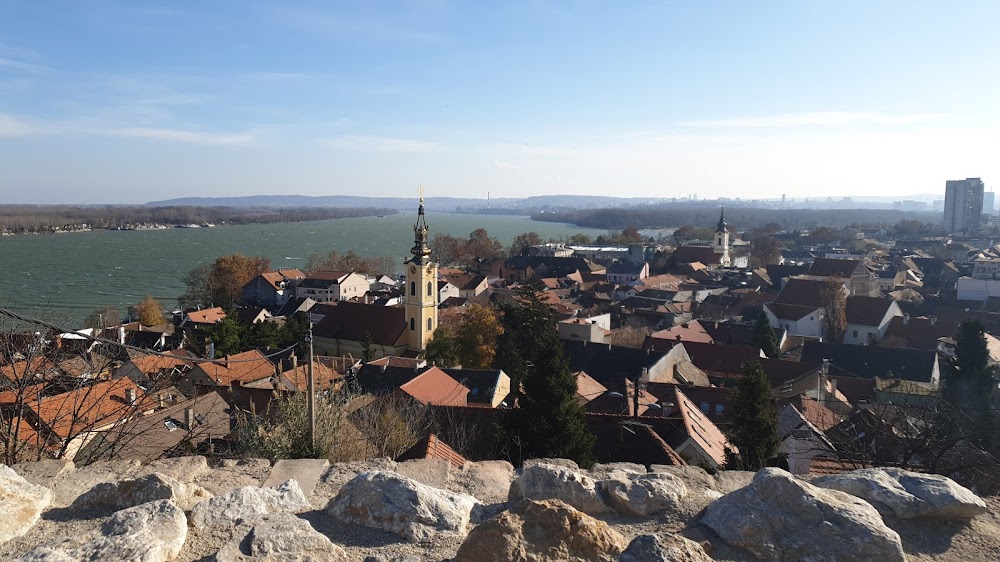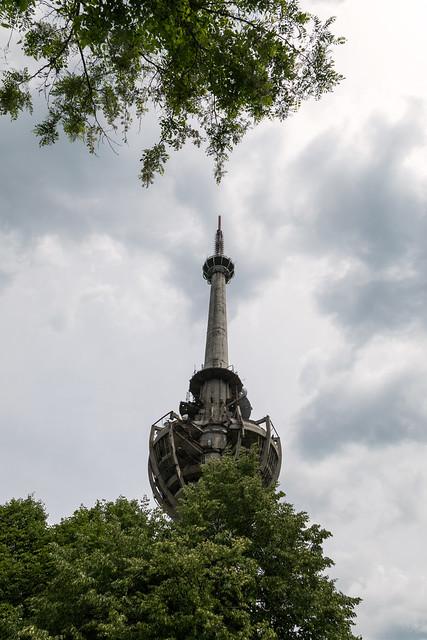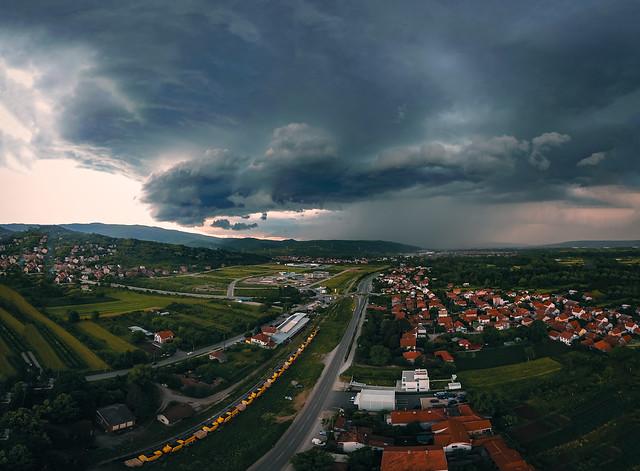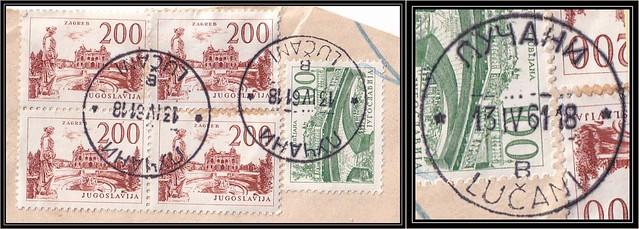Belgrade
Overview
Overview of Belgrade, Serbia
Belgrade, the capital city of Serbia, stands out with its vibrant blend of historical and modern attractions, making it a unique destination for young travelers. Known for its lively atmosphere and rich history, the city boasts a mix of architectural styles, from Ottoman and Austro-Hungarian to Brutalist buildings, reflecting its tumultuous past. Serbian culture is showcased through its warm hospitality, diverse music scenes ranging from traditional Balkan to modern pop and electronic, and a thriving cafe culture. The city’s youthful energy is palpable, with numerous arts and music festivals throughout the year, and a strong sporting culture, particularly in water sports and basketball.
High Season for Tourism in Belgrade
The best time to visit Belgrade is during the late spring (May and June) and early autumn (September and October). During these months, the weather is pleasantly warm, typically ranging from 15°C to 25°C (59°F to 77°F), making it ideal for exploring the city on foot. This period avoids the peak summer heat and the tourist crowds, providing a more relaxed experience. Activities to enjoy include strolling through Kalemegdan Park and Fortress for panoramic views of the confluence of the River Sava and Danube, exploring the historic neighborhood of Skadarlija, and enjoying the vibrant nightlife along the riverbanks, where floating clubs and bars come to life.
Preparation for Visiting Belgrade
Before traveling to Belgrade, it is important to ensure all travel documents are in order. Visitors from many countries can enter Serbia without a visa for short stays, but it’s crucial to check the latest visa requirements based on your nationality. It’s advisable to have travel insurance that covers health emergencies, especially if planning to engage in sports or adventurous activities. Learning a few basic phrases in Serbian can be very helpful, although many young people and professionals in Belgrade speak English. Lastly, it's wise to be aware of local customs and currency (Serbian dinar), and to prepare for a range of payment options, as not all places accept credit cards, especially in smaller establishments.
How It Becomes to This
History not available

Places in Belgrade
Explore the most popular attractions and landmarks
You May Like
Explore other interesting states in Serbia


